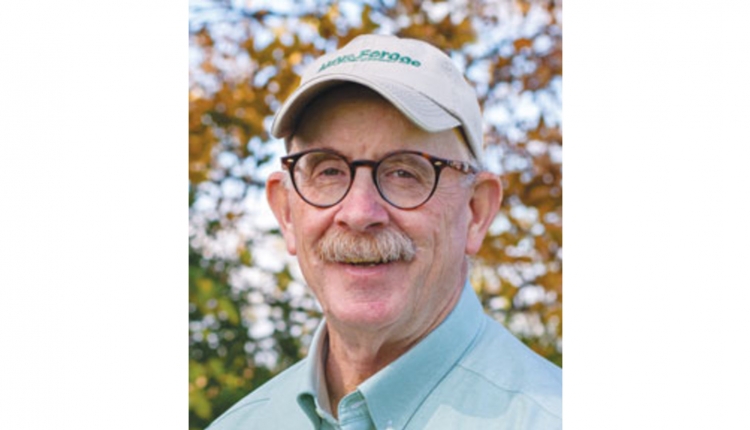
Welcome to our first issue of Hay & Forage Grower XL. It’s not that our standard six issues don’t have information that larger farms can’t use, but this issue is exclusive to that demographic. So, chances are good that if you received this publication in your mailbox, your harvested forage acreage counter is something north of 500.

As we put together this mailing list, we didn’t discriminate between dairy farms that chop their hay or commercial operations that compress their dry forage into a bale. Custom forage harvesters — you’re included, too. It also doesn’t matter whether you grow alfalfa, bermudagrass, or some other forage that is mechanically harvested.
Of course, “big” is a relative term, and that’s true of all things. At 6-foot, 1-inch, and 235 pounds, the XL designation has followed me around most of my life in the tags that adorn the lion’s share of my Carhartt-dominated wardrobe. Apparently, apparel manufacturers have deemed me as big — in fact, extra-large — but an XXL wearer might view me as famished, although that’s a description that I admittedly don’t often hear.
From a farm-size perspective, the term “big” has changed dramatically over the course of my lifetime. Somehow, we got to the point where 1,000 dairy cows and their associated land base isn’t considered big any more by many people.
If I’ve learned anything over the course of my nearly 70 years, it’s that farm size — as solely determined by either the number of acres or livestock — doesn’t define a farm in terms of its success, impact on the environment, or makeup of the people who own and run the operation. I’m guessing a lot of you already know this. I cut my agricultural teeth on a small farm that milked 30-some cows. That farm has more than doubled in size now, and it’s still one of the most successful farms I know of, even though it remains small by almost all of today’s standards.
Since those early days of my life, I’ve been on hundreds of farms across the country that metaphorically wear the XL to XXXL Carhartt shirts. I’ve come to understand in many ways why family farms have gotten bigger, and in a plethora of cases, extra-large. The easy answer is simply economies of scale, spreading overhead costs over more acres and/or animals. Of course, big doesn’t necessarily guarantee profitability, but it can often help reach that end.
My take is that there’s an even more compelling reason why a lot of farms get big, and it has less to do with profitability than it does with family. Time and time again I hear stories from owners of large operations who tell me they grew in an effort to keep sons or daughters on the farm. Sometimes these farms simply grow in scope from what they were currently doing; other times, new enterprises were added to the operation and overseen by one or more of the siblings.
Large acreages of mechanically harvested forages bring into play some unique challenges. Row-crop harvest has some degree of timeliness involved, but not to that of forage production where consecutive dry days at the right time are needed to harvest a high-quality crop. This must not occur just once, but often three to seven or more times during the course of a growing season. With big acres, big machines are also needed just to meet the timeliness demands of a high-quality crop and minimize labor requirements. During interviews for farm stories, weather and labor are almost always cited by farmers as their two biggest challenges.
As a graduate student in college, our small forage group didn’t get the attention or resources that the corn, soybean, and weed management groups received within the agronomy department. It was then that I learned forage crops didn’t always hold the high esteem directed toward those with row-crop leanings.
That sort of underdog status remains in agriculture for forage crops today; however, it is heartening to see technology being advanced in forage harvesting equipment to help match what has been in row-crop machinery for many years. A lot of these new technologies, though costly, are helping large-acreage farms do more with less, especially from a labor standpoint. Other technologies, such as the HarvXtra trait in alfalfa, also provide additional benefit to larger farms from the standpoint of extending the harvest window for high-quality forage.
Bigger may not always be better or the only way, but bigger is the reality of the agricultural landscape. For that reason, this issue is for you. Wear your Carhartt XLs proudly.
Happy foraging,

This article appeared in the July 2024 XL issue of Hay & Forage Grower on page 4.
Not a subscriber? Click to get the print magazine

